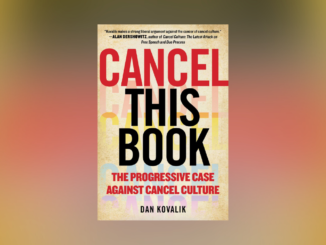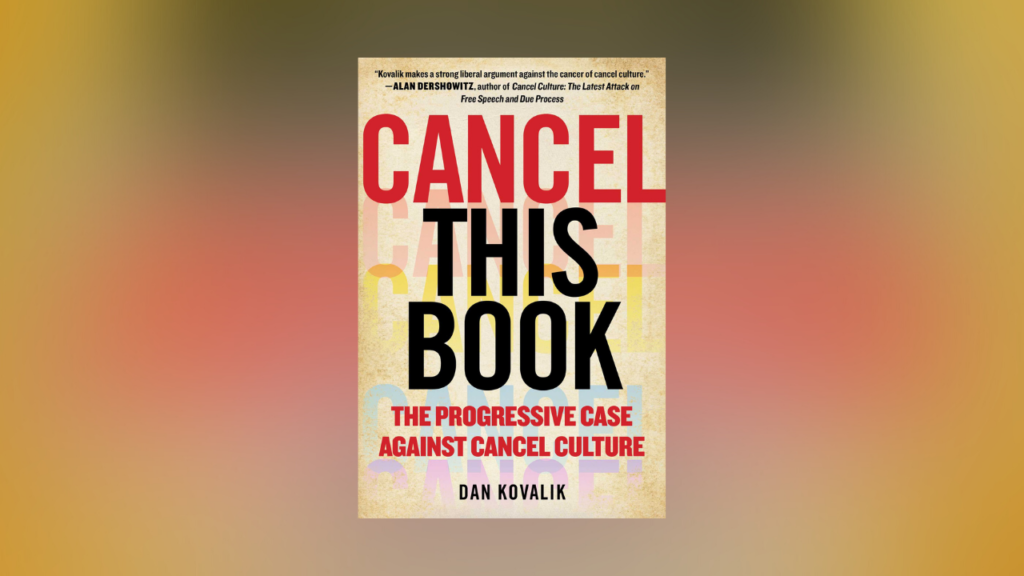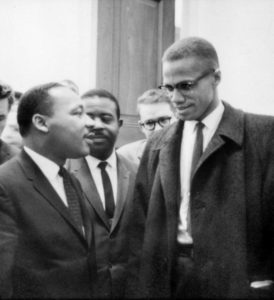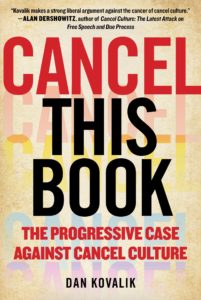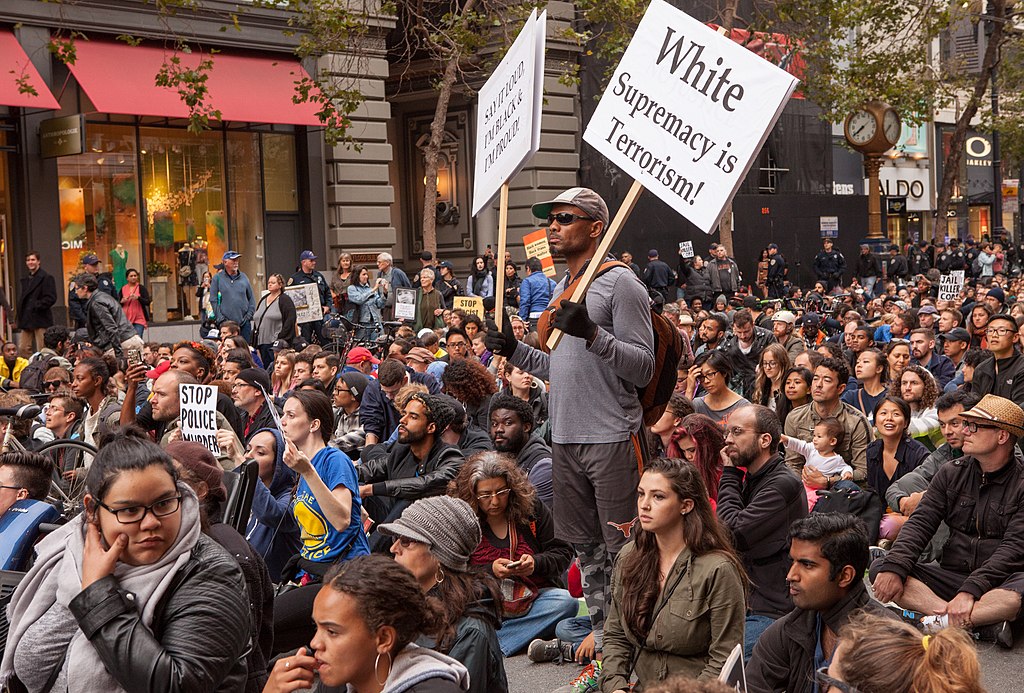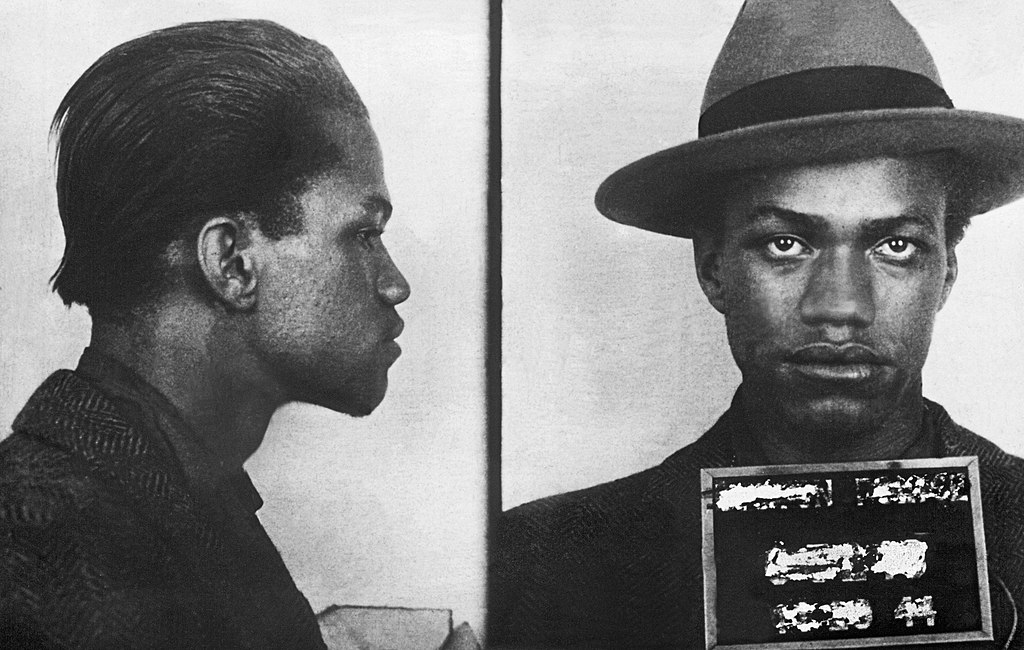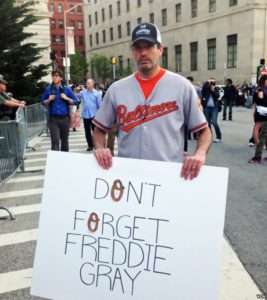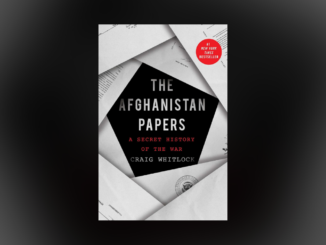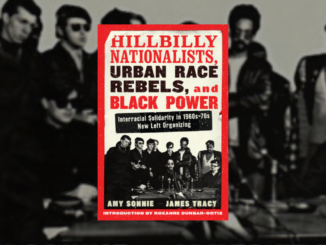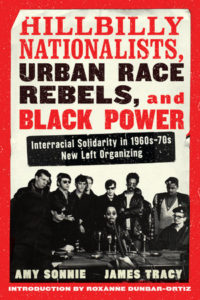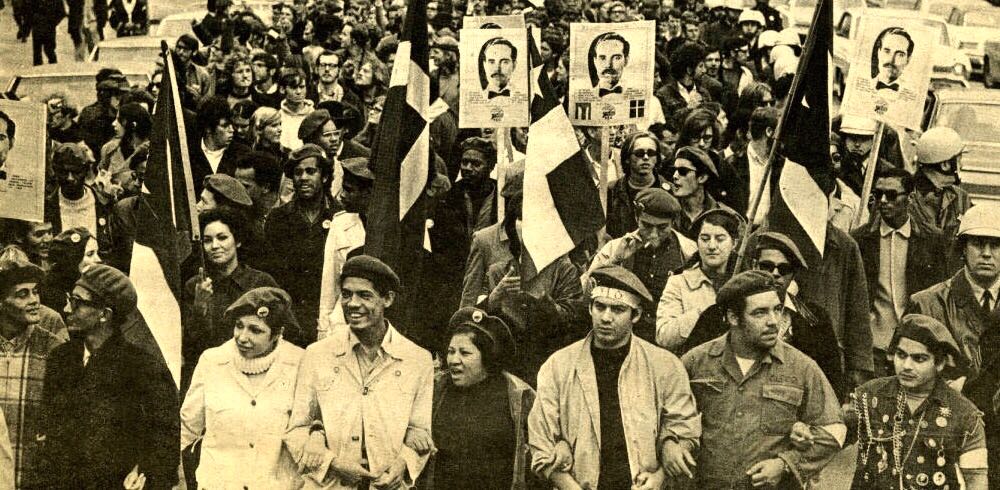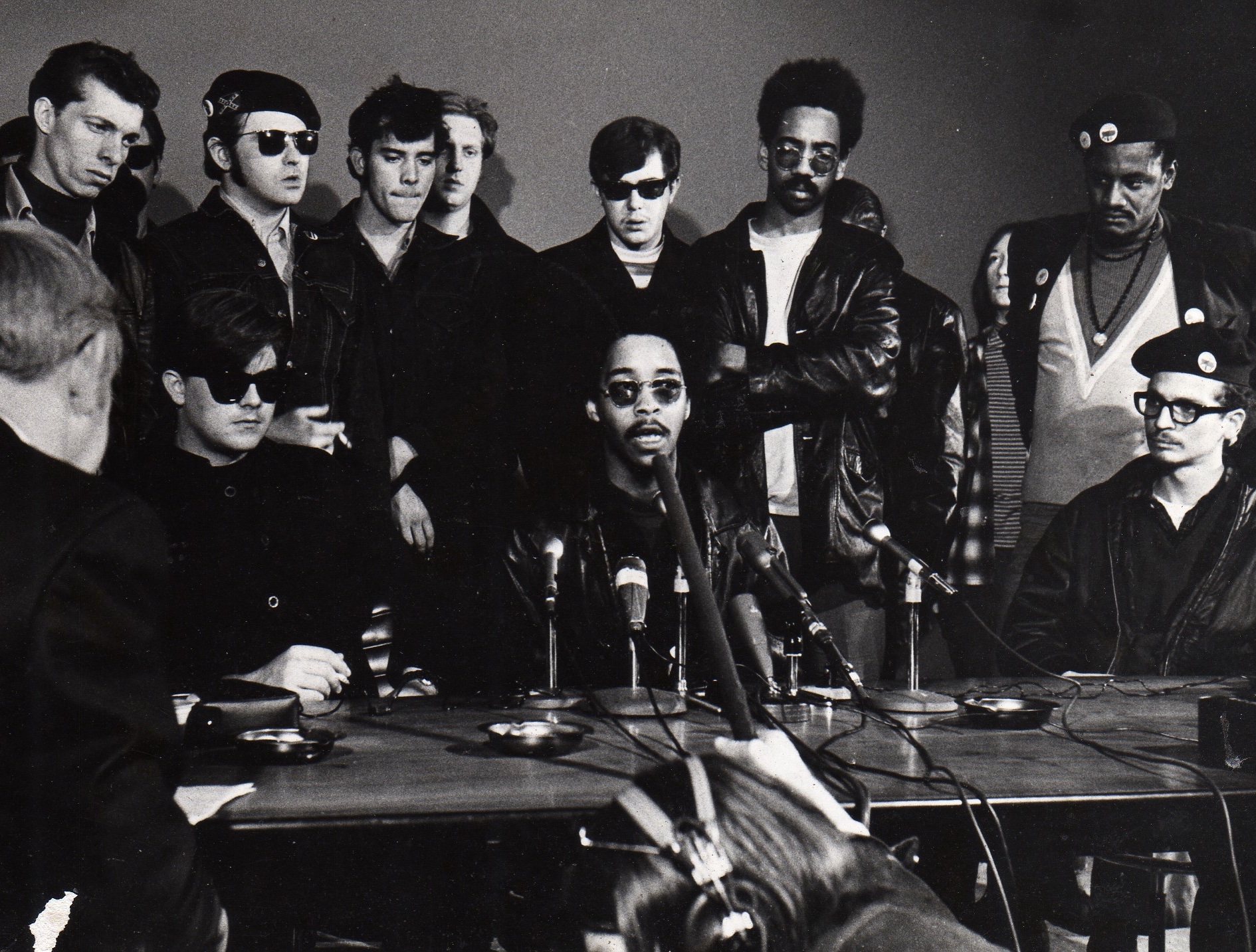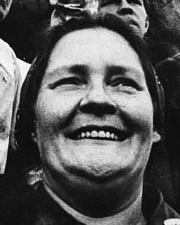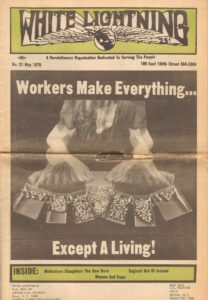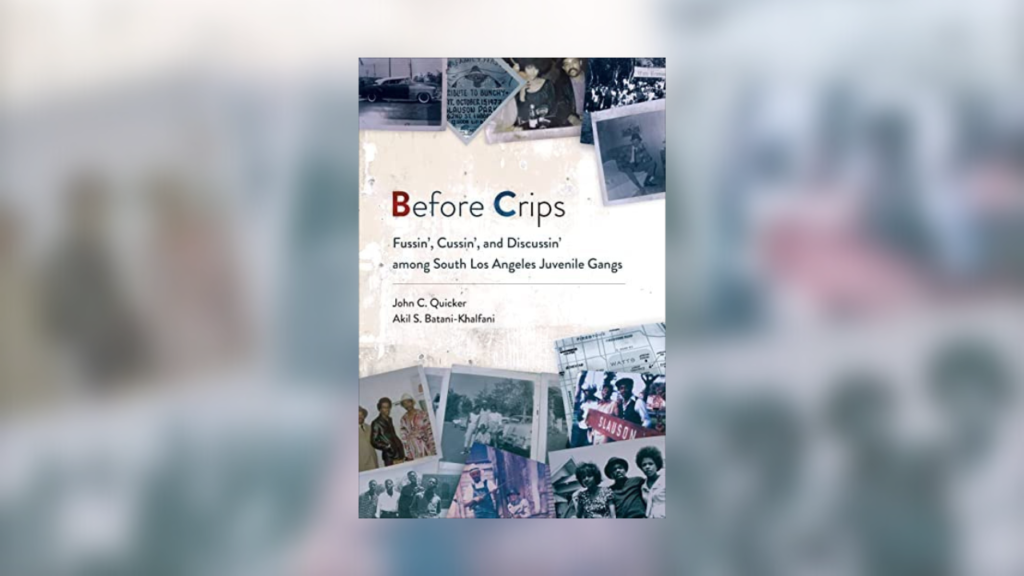
Before Crips: Fussin’, Cussin’, and Discussin’ Among South Los Angeles Juvenile Gangs by John C. Quicker and Akil S. Batani-Khalfani (Temple University Press: Philadelphia, 2022)
For the past several decades, the media has severely manipulated the question of gangs and their socio-economic origins. John C. Quicker and Akil S. Batani-Khalfani’s new book, Before Crips: Fussin’, Cussin’, and Discussin’ among South Los Angeles Juvenile Gangs, exposes the mainstream stigmas and half-truths surrounding gangs. It also explores the true history of the South Los Angeles street organizations that predated the Crips and the Bloods.
Drawing on research by other progressive scholars and ethnographers, the two authors chart the landscape of street groups and their way of life before the Black Liberation Movement that emerged in the 1960s. They found that the true legacy of the early street groups was one of unity, self-defense and resistance, not one of bullying, crime and violence.
Letting the Real Experts Speak
Quicker, a sociology professor for the past 32 years at California State University, Dominguez Hills, and Batani-Khalfani, or Bird, one of the founders of the Slausons street group, teamed up to write this timely book.
Challenging the dominant definition of “gangs,” the authors prefer to use the term “street organization” or “street group,” because they “most accurately characterize the juvenile assemblies of early South Los Angeles” (page 62). The veterans and founders of early groups, such as the Businessmen, the Slausons, the D’Artagnans and dozens of other street groups, called themselves “neighborhoods, hoods, barrios, clubs, social clubs, brotherhoods and sets” (page 56). Respondents the authors interviewed saw many college fraternities, the police and other dominant societal groups as fitting the conventional definition of a “gang” (page 43). The authors conclude, “A group is a gang when those who control the definitions say it is.” Citing sociologists C. Wright Mills and G. William Domhoff, they write, “Defining right from wrong and good from bad is primarily a prerogative of the power elite or the upper class who accomplish it directly or indirectly through their operatives” (page 43).
Throughout the text, the two authors pull no punches debunking racist and classist sociology that masquerades as “Gang Studies,” permeating the media and the academy. They posit their mission is to allow the “experts’ experts” to speak. Bird, and others who have lived this reality, speak throughout the book and challenge the dominant canon. For example, they expose the control perspective narrative that posits that gang leaders are the most “sociopathic” members. Drawing on German sociologist Max Weber’s theory of “charismatic leadership,” they show how the Slauson leaders were really “heroes” up against “systematic suffering” (page 124).
Beyond Crips builds on the research of sociologist David Brotherton, whose work revealed “a discussion about gangs is never just about gangs. It is about history, morality, politics, responsibility, and how the researchers view the world and the society of which they and the gangs are part” (page 14). They collect their data from “oral histories from living experientialist historians” (page 20). The extensive interviews they conducted tracked the individual, family and community backgrounds of key early South Los Angeles street-group figures, such as Chinaman, Roach, Kumasi, Wild Willie Poo Poo and so many other larger-than-life street sages who paved the way for future generations.
In reflecting on the social forces that brought them together into “bands of brothers,” early street-group members would invoke the phrase, “rather be judged by twelve than carried by six.” In other words, they would rather go to court for defending themselves, facing 12 jury members, than be carried by six coffin bearers to their burial). Some of those social forces included the second great migration from the U.S. South triggered by World War II, “economic racism” (page 25), the “ghettoization” of Watts (page 26), and the need for self-defense against the police and white supremacist gangs that had migrated from the South (page 32).
The authors provide an ethnographic overview that goes beyond the “if it bleeds, it leads” sensationalistic news headlines (page 302). They look at women’s participation in gangs (page 183), the relative lack of drug use beyond alcohol and marijuana (page 269), and the lower crime patterns prior to the 1970s (page 277). The study reviews major hegemonic and counter-hegemonic literature on street groups, establishing no accurate study of “gangs” can arise from outside the communities that gave birth to them.
‘Born in a State of Suspended Animation’
The final chapters look at the leadership of “Mayor of the Ghetto” Alprentice “Bunchy” Carter and the Black Panther Party, to which he belonged. Many Slausons and street group members joined the Panthers. Others would have, too, if it were not for the hand of the U.S. state. To understand the rise of the Crips and Bloods, so vilified by the power structure, one has to understand the FBI’s Counterintelligence Program (COINTELPRO) and the mass repression of the Black Power Movement. In 1969 alone, the FBI and U.S. police departments targeted and executed 28 Black Panther leaders.
The final chapter begins to explain the rise of the Crips and Bloods and explores how what would become “modern gangs” were “unable to embrace the ideology,” as in the Black Panther’s ideology of liberation (page 299). The social vacuum left by deindustrialization and state violence beheaded the leadership of the most oppressed communities. Kumasi, a former street-group leader who is now a community organizer, further explains (page 332):
“The original Crips came out of our neighborhood. They were the children we passed by every day and paid no attention to. But they watched us. We had something to attach ourselves to, to connect with—the great personalities of our parents’ generation—but they didn’t. They were born in a state of suspended animation, totally disconnected, like a planet out of orbit. They were made in America.”
Before Crips takes its place alongside Brotherton’s and liberation theologian Luis Barrios’ The Almighty Latin King and Queen Nation: Street Politics and the Transformation of a New York City Gang, as well as the work of the recently deceased author Mike Davis, ethnographer Dwight Conquergood and other progressive scholars. Like the must-see documentaries, “Bastards of the Party,” “Black and Gold” and “Crips and Bloods: Made in America,” this new book centers the voices of the organic intellectuals who have lived, fought and died in this reality.
Danny Shaw is a professor of Caribbean and Latin American Studies at the City University of New York. He frequently travels within the Americas region. A Senior Research Fellow at the Center on Hemispheric Affairs, Danny is fluent in Haitian Kreyol, Spanish, Portuguese and Cape Verdean Kriolu.

